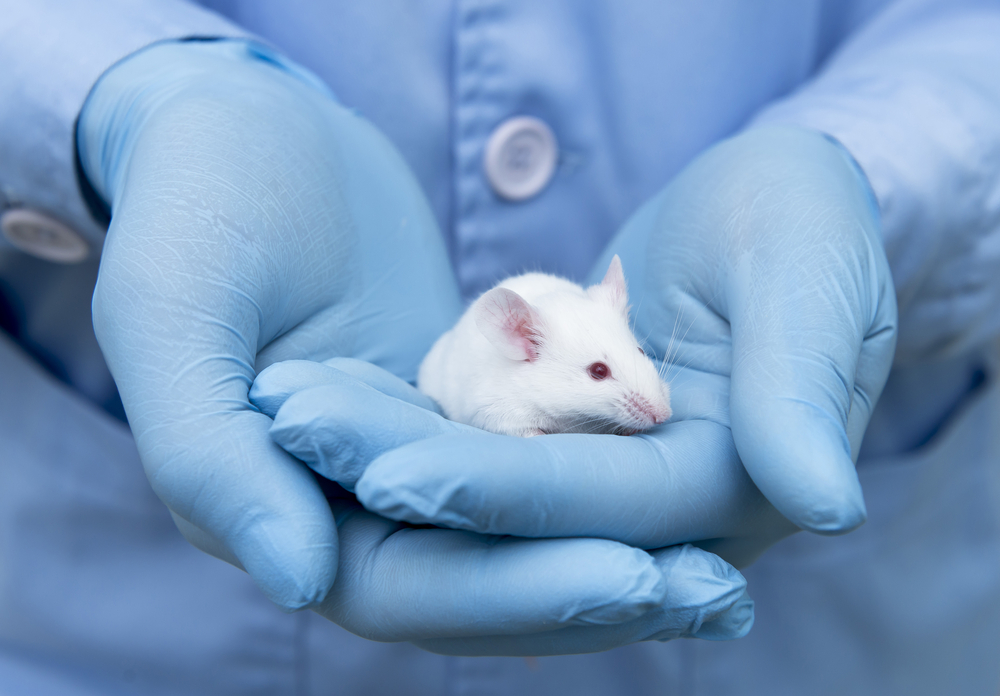New CRISPR-Cas9 Delivery Method Improves Muscle Function in DMD Mice, Study Reports

Researchers have improved a gene editing technique that may more efficiently correct DMD gene mutations in people with Duchenne muscular dystrophy (DMD), restore the normal function of the dystrophin protein, and improve muscle function, a study in mice shows.
The study, “Enhanced CRISPR-Cas9 correction of Duchenne muscular dystrophy in mice by a self-complementary AAV delivery system,” was published in the journal Science Advances.
More than 4,000 mutations in the DMD gene are known to impair the proper production or function of the dystrophin protein. However, no current therapies are able to permanently correct these mutations.
Because a single gene is the cause of the disease, DMD is an ideal target for gene therapy. A particular gene therapy approach based on the CRISPR-Cas9 gene editing platform allows researchers to make precise changes to the sequence of genes.
This technology contains two main components. One is a small piece of RNA — a DNA “cousin” — with a short “guide” sequence that binds to the target DNA. The other is the Cas9 enzyme that recognizes the specific DNA sequence and cuts it at the targeted location.
The components of the CRISPR-Cas9 system can be packaged and safely delivered to cells using the harmless adeno-associated virus (AAV). The sequences that will produce both the guide RNA and the Cas9 enzyme are inserted into the viral DNA, so that they can be produced once inside the cell.
While this system has been able to restore dystrophin function when applied directly in mouse and canine models of DMD, and in human cells, these studies used viral vectors whose DNA comes in a single strand, an approach that requires a high viral dose with potential adverse side effects, and is ineffective long-term.
To reduce the dose, without compromising the long-term efficiency of the gene editing, the researchers created a type of AAV — called self-complementary AAV (scAAV) — with double-stranded DNA that is more resistant to degradation.
In the study, the team compared the efficiency of scAAV against the conventional single-stranded AAV vector (ssAAV) in a mouse model of DMD.
After treating mice over four weeks with different doses of ssAAV or scAAV, the researchers tested the ability of the two systems to restore dystrophin protein and muscle tissue function.
The team found that even at the lowest dose (4 × 1012 vector genomes per kilogram, vg/kg), scAAV induced the production of dystrophin in 40% of muscle cells in the leg (tibialis anterior), and 32% in the triceps. In the diaphragm and heart, the percentage of muscle cells with dystrophin reached 95%.
In contrast, when mice received the same dose of ssAAV, less than 5% of muscle cells in the leg and triceps had dystrophin. In the diaphragm, 52% of the muscle cells had dystrophin, and in the heart, 61% had the protein.
When the dose was increased to 1.6 × 1013 vg/kg (the middle dose), virtually all muscle cells had dystrophin present after treatment with scAAV, but after treatment with the single-stranded vector, less than 18% of muscle cells in the leg and triceps, and more than 75% in the diaphragm and heart had dystrophin.
At this dose, the amount of protein inside cells had been restored by at least 50% in mice receiving the scAAV vector at the middle dose — exceeding 70% in the heart — compared with the less than 30% recovery in mice receiving the highest dose (8 × 1013 vg/kg) of ssAAV.
The scAAV delivery system was also better at restoring muscle integrity, with fewer than 5% of muscle cells showing signs of damage after treatment with the middle dose, compared with more than 70% in mice receiving the same dose of ssAAV.
Also, animals receiving the highest dose of scAAV had triceps and leg muscles that resembled those of healthy animals, while 30% of cells in these muscles still showed signs of damage after treatment with the ssAAV system.
Muscle function was also restored more efficiently in animals receiving the self-complementary DNA system — from 54% to 82% with the highest dose, compared to 66% with the ssAAV system.
“A low dose of scAAV-delivered CRISPR-Cas genome editing components is sufficient to restore dystrophin protein expression, reduce DMD pathological phenotypes, and improve muscle function in a DMD mouse model,” the researchers wrote.
“This robust scAAV delivery system combined with the efficient CRISPR-Cas9 genome editing technology represents a promising therapy for permanent correction of diverse genetic mutations in neuromuscular diseases” they said.






